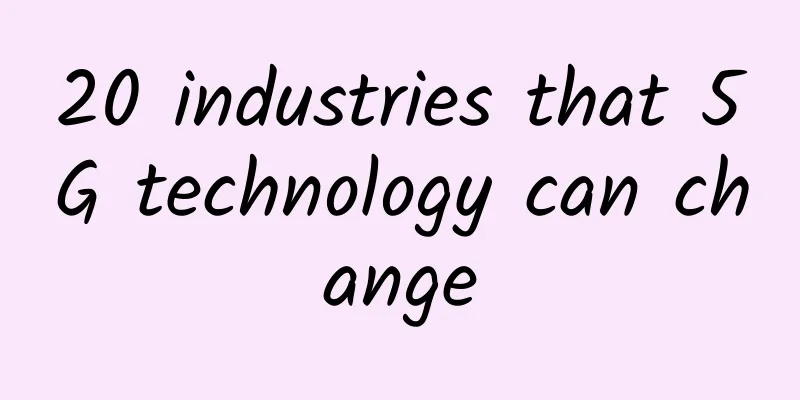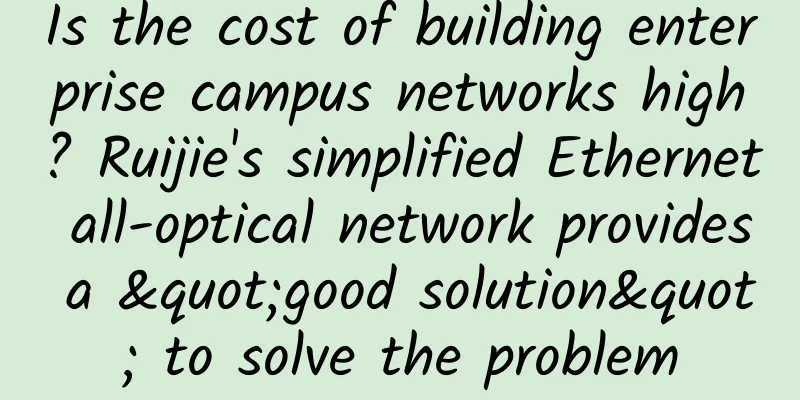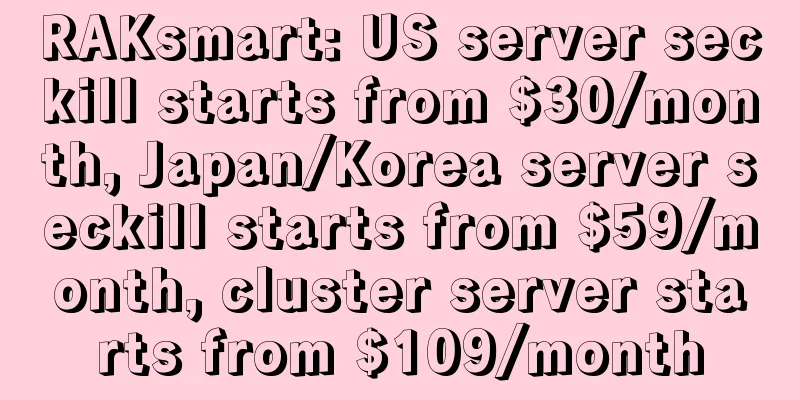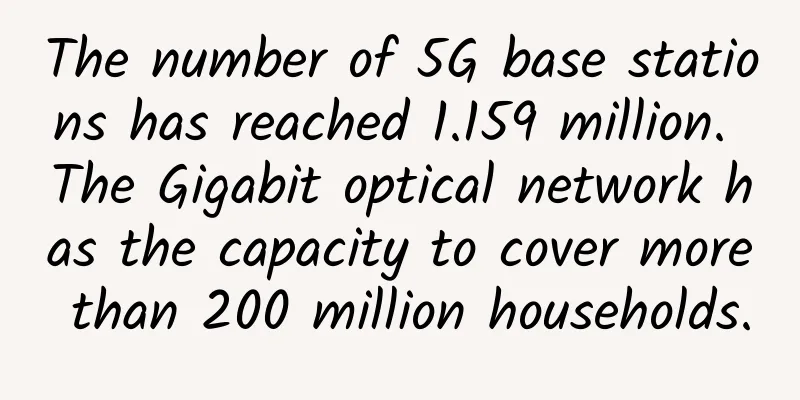Transforming the Enterprise with 5G Technology

|
For years, people have been talking about the transformative power of ultra-fast, high-bandwidth 5G telecommunications networks. Today, we are at the beginning of this new era, and it is time for business and IT leaders to lay the foundation for leveraging the opportunities brought by 5G and its complementary technologies, including edge computing. In this new era, 5G telecommunications services will become a key enabler of digital transformation for enterprises. These emerging technologies provide the foundation for new products, services, and business processes, allowing enterprises to stay at the forefront of their industries. These opportunities stem not only from the faster speeds and lower latency of 5G networks, but also from the way 5G is implemented, which is different from previous generations of network technology. At the very edge of the network, 5G is being deployed on industry-standard servers running a software virtualization layer. Based on this enhanced network connection and service division method based on network sharing services and service division, the security of network services is guaranteed. Suddenly, the network becomes more flexible than before. While 5G changes the fundamental rules for many industries, the new telco is about more than just 5G, it’s also about edge computing. More specifically, the advent of 5G networks enables businesses to more fully exploit edge computing, which brings computing and analysis closer to the point where data is generated and used, rather than sending data between servers in cloud data centers. This is where the 5G story becomes even more powerful. The combination of 5G and edge computing enables new use cases to extend from the data center core to the edge of the network. By enabling computing as close to the edge as possible, these use cases go far beyond enabling people to do more on their mobile devices and connected cars. In a fully realized 5G world, enterprises will work with their carriers and service providers to build solutions for use cases that were not possible with earlier networks. These use cases leverage capabilities such as network slicing and prioritization, along with low latency and high bandwidth, to enable new use cases, from delivering telemedicine and telesurgery to enabling augmented reality and virtual reality experiences. In the process, the intersection of traditional cloud technology and telecom technology will give rise to the telecom cloud model. Unlike today's massive public cloud, the telecom cloud will consist of thousands of small, interoperable clouds that interact with the public cloud. Powered by telecom technology, these geographically separated clouds will provide higher availability and reliability than today's public cloud to meet the needs of business-critical applications. The 5G era will also mark the intersection of virtualization and edge cloud containers. Containerization is a technology that runs applications only when needed, without the traditional full operating system stack that traditional applications rely on. In addition, containerized applications break down large, complex tasks into smaller parts and quickly instantiate different numbers of containerized applications on demand to meet current needs. Through the containerization of applications, functions are delivered in discrete blocks that can be instantiated, replaced, and shut down in real time as needed. These containers will be used to deliver the core network functions of the 5G network as well as end-user workloads. By implementing the Telecom Edge Cloud, telecom operators will be able to maximize their investment in 5G by running both network core functions on the edge and allowing service models for customer workloads on the same infrastructure. The telco edge cloud will also support temporary use cases, where applications/workloads run for short periods of time as needed for a specific use case. Examples of these temporal use cases include augmented reality (AR), where information is only needed when requested, or connected cars, where a single container can be run to support each connected car, but only when a car is connected. The rapid erection/teardown of containers only when needed allows applications to scale on demand - from an edge cloud perspective, this dynamic scaling ensures that the limited resources of each edge cloud node can be adjusted according to priority requirements. While enabling these new use cases, the ability to offer disaggregated micro-clouds will make it easier for service providers to monetize unused capacity on the network. Essentially, an edge cloud offered by a telco could consist of thousands of micro-data centers across the country, all interconnected to provide network functions and host customer workloads. The result is a highly distributed cloud that supports an on-demand consumption model in parallel with core network services. Key Takeaways The rise of 5G networks is more than just the next step in the evolution of telecommunications. It’s a very significant leap forward, opening the door to unprecedented possibilities and new capabilities for businesses – but only for those that are ready to seize the opportunity. For IT and business leaders who are laying the foundation for 5G-enabled solutions, services, and business processes, it’s important to think big. Think about what you can do now that you couldn’t do before. Consider how your business can optimize and leverage this new technology to drive new revenue streams, enhance your operations, reach more people, and do better things. Then start your journey today. |
Recommend
What does it feel like to immerse yourself in 50 industry scenes in a 7,000-square-meter exhibition hall?
[51CTO.com original article] From March 9 to 10, ...
The battle of data center network switching equipment architecture
Switching technology is one of the important tech...
Guangzhou Hongfang Zhou Jiaxing: Ruijie system engineer's growth story of "upgrading and fighting monsters"
Zhou Jiaxing, Director of the Authorized Service ...
What is 6G and when will it be launched?
Is this what comes after 5G? Since 5G networks ar...
Why SD-WAN Won’t Kill MPLS
"SD-WAN will replace MPLS" is a common ...
Bluetooth 5 and its role in the Internet of Things
What is Bluetooth 5? If you own a car or a smartp...
To get rid of the embarrassment, my country needs a "devil's pace" to accelerate IPv6
Artificial intelligence, big data, cloud computin...
Understand HTTP and HTTPS protocols in ten minutes?
[[276795]] 1. What is a protocol? A network proto...
Huawei 5G is dead? 5G order numbers have not been updated for 10 months, Ren Zhengfei has other plans
Huawei's 5G development is hindered With the ...
Will 5G slicing turn operators into "patchers"? Here's how operator experts interpret it
Topic fuse: What is network slicing? This new con...
How to solve the air pollution problem in data centers?
One might think that the issue of air purity in d...
How fast is 5G? How does the 5G network work?
[[257849]] 4G LTE has been providing ultra-fast d...
HostYun new product: CN2 GIA+AS9929 hybrid line native IP monthly payment starts from 19 yuan
HostYun has launched a new product, this time wit...
Three-layer network model of Internet products
If you ask what is the biggest feature of Interne...
Unlimited speed & 2TB large capacity! Alibaba Teambition cloud disk experience
[[355404]] The news that Alibaba is going to ente...









